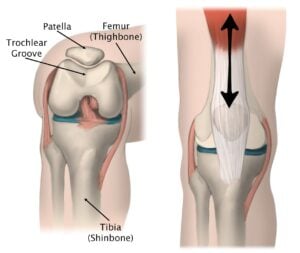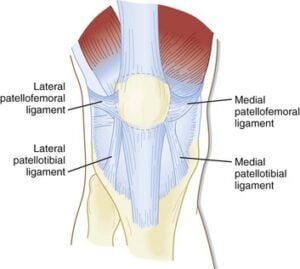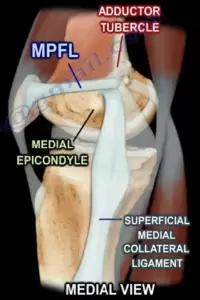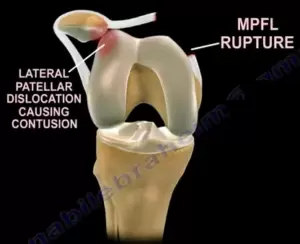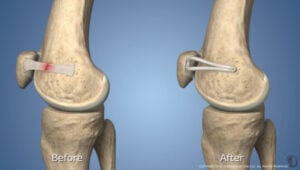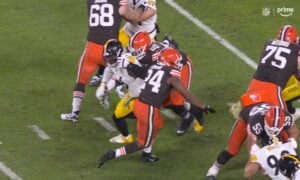For Pittsburgh Steelers fans hoping to see a return to a dominant rushing attack, their 2024 first and second draft picks seemed ideal. Center Zach Frazier stepped in to start when veteran Nate Herbig sustained a shoulder injury and looks like he was born for the role. Despite some competition at left and right tackle, Troy Fautanu returned from an MCL sprain and performed well in Denver.
Just when it looked like Fautanu had secured his place at right tackle in the starting lineup, he was sidelined by injury. Once again, it was a knee problem. This time, it was more serious. Originally described by fellow tackle Broderick Jones as a “tweak” that occurred during practice, it was soon clear it was more than that. Initial reports from Steelers insider Gerry Dulac indicated that Fautanu would be getting additional medical opinions. Later that day he reported that Fautanu would not be back any time soon.
Further clarification came the following day, as NFL insider Ian Rapoport indicated that the injury was a “dislocated kneecap”. He reported that Fautanu would need surgery but could potentially return if the Steelers make the playoffs.
The technical term for Fautanu’s injury is a patellar dislocation. Want to know more? As always, we start with the anatomy…
PATELLA ANATOMY
The patella (kneecap) is a small bone that rests in a groove at the distal end of the femur (thigh bone). When the knee bends and straightens, the patella moves up and done within that track in a linear vertical orientation. The patella is secured in this position by several tendons and ligaments.
PATELLAR DISLOCATION
A dislocation occurs when the patella slides to the side and pops out of that groove. The patella cannot slide up and down when it is out of position and the knee locks. In many cases, the patella will correct itself and move back in place. If not, it can be manually relocated (often by training or medical staff on the scene). The most common dislocation is to the lateral side. The cause is usually an impact or a sudden turn and twist. When the patella gets dislocated, the attached ligaments can tear.
Symptoms include sudden pain, swelling, buckling of the knee, inability to walk or bear weight, and the patella is usually visually out of place.
A partial patellar dislocation, or subluxation, is a less-severe type of patellar instability. In this situation, the patella is unstable but remains in the groove without popping all the way out. The knee can still bend, and the patient can still walk but it may feel unsteady or unstable. This can sometimes occur when the ligaments are stretched or loose but not truly torn.
DIAGNOSIS
A patellar dislocation is fairly obvious visually in most cases. Less clear is any associated ligament or tendon injury. An X-ray and CT scan can be helpful in diagnosing a fracture. An MRI is the best way to assess ligament and tendon damage, which Fautanu would certainly have undergone that day.
With a lateral dislocation, the most likely injury involves the medial patellofemoral ligament (MPFL). The MPFL attaches the patella to the distal femur and helps provide stability to the knee joint. This is the injury that likely derailed Fautanu’s rookie campaign.
Here is a schematic of a normal MPFL and a laterally dislocate patella with a torn MPFL.
TREATMENT
A partial tear of the MPFL can often be treated non-operatively, with ice, rest, NSAIDs, and physical therapy. If there are any bone fragments in the joint that have broken off the patella, non-operative management is not as likely to be successful.
Surgical repair of the MPFL can usually be done arthroscopically with small incisions and a telescope. It is an outpatient surgery. Here is an animated depiction of the injury and the repair from the Hospital for Special Surgery in New York. A graft, often from a hamstring tendon, is used to replace the torn MPFL.
RECOVERY
A review of the NFL database looking at patellar instability injuries from 2000-2012 found 54 cases, accounting for only 0.17% of all injuries reported. Seven of those injuries were associated with an MCL sprain. Here is what they found:
- 51 of 54 injuries were lateral instability
- Only one player had recurrent injury
- Of the remaining 52 acute injuries, 39 were patellar subluxations and 13 were patellar dislocations.
- 19% of players underwent surgery.
- A mean of 44.38 days were lost due to injury in all players.
- A mean of 65.3 days were lost to players undergoing surgery.
The authors concluded that non-operative management was often successful and that athletes who underwent surgery had a longer return to sport.
What about level of performance following return? A meta analysis of 23 different published medical papers regarding athletes undergoing MPFL repair showed the following:
- The mean age was 21.1. years
- The mean follow-up time was three years
- The return to sport rate was 92.8%
- Patients returned to or surpassed their preoperative level of activity in 71.3% of cases.
There is a well-known example in Steelers’ history as well. In 2012, rookie guard David DeCastro, a first-round draft selection like Fautanu, suffered both a patellar dislocation and an MCL tear in a preseason game. He underwent surgery and was able to return for the Steelers’ Week 15 game that season, playing 61 snaps. As Steelers fans know, he went on to have a phenomenal career.
It is not clear if Troy Fautanu sustained the patellar dislocation on the same knee as the recent MCL sprain. Fortunately, the two injuries did not occur at the same time and are not likely to be related. While it is disappointing to see Fautanu’s rookie season derailed by injury, there is every reason to be confident that he will return to form. And if the Steelers can punch their ticket to the playoffs, he could even be back this season.
As always, the usual disclaimer: I have no access to any of the Steelers players’ medical records. These posts are information drawn from medical studies, patient databases, published reports and my speculation based on all of those.
Melanie H. Friedlander, M.D., F.A.C.S. is a doctor at Association of South Bay Surgeons in Torrance, California. Dr. Friedlander enjoys all aspects of general surgery, but her primary areas of focus are breast surgery and advanced laparoscopic surgery. She recently adopted an advanced, minimally invasive technique that reduces scar size in thyroid surgery. Dr. Friedlander is a member of the Society of American Gastrointestinal Endoscopic Surgeons (SAGES) and the Society of Laparoscopic Surgeons. She developed and published many scientific studies in highly esteemed medical journals.


